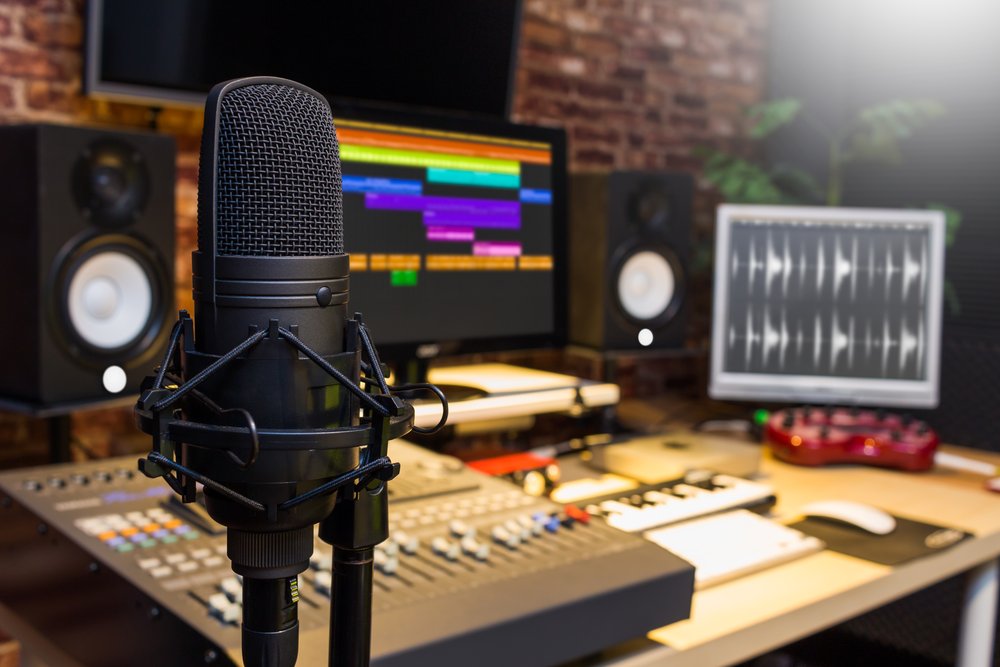
The art of dubbing voice meaning the transformation of a foreign language to the one which is understood by the people in that region, but the translation is a spoken voice, not in written form. This is the art that makes all sorts of media available to a mass audience rather than being confined to a particular group of people. This helps cross language barriers and creates characters and stories people of multiple regions speaking various languages can relate to.
Types of Voice Dubbing:
There are various types of voice dubbing, for example:
- UN-style voice over
This is done with the help of an interpreter usually seen in interviews. Often seen in sports interviewers, when the player speaks a foreign language, he answers on his own, and his voice is dropped and the interpreter then speaks the translated version. This ensures an accurate translation so dubbing voice meaning is maintained. At the same time, maintains the expression and dramatic effect.
- Lip sync dubbing
This is when a voice is added over the original one, so the audience is unable to hear the foreign language and receives the dubbed version making it look as if the actor is speaking that language. This is a more time taking and difficult procedure as the syllable count and first letter of words in both languages must be matched to make it look are authentic and accurate.
A variety of content can be voice dubbed. Examples include:
- Animations
- Narration
- Commercial
- Audio Books
- Video Games
- E learning
- Corporate
- Trailers
- Promo
- Announcing
Advantages of Voice Dubbing:

- Adaptable method
Dubbing can handle complex voice-overs and dialogue that isn’t possible with voice-overs. Hence, it is a very adaptable process of expression.
- Immersive
Dubbing is a very immersive experience as the artist can capture sighs, giggles, and groans giving a more realistic tone to the whole process and capture dubbing voice meaning in its entirety.
- Relatable
People can relate more to dubbed versions of a media rather than a voice-over.
- Avoiding the struggle of reading
Many people find it difficult to read subtitles while watching a movie. Dubbing helps avoid that. It also helps access to people who have difficulty reading or are visually impaired.
- Ease in censorship
In countries with strict rules of censorship, dubbing helps to avoid content that might otherwise be censored in a particular region.
Disadvantages of Voice Dubbing:
- Expensive process:
It is a costly process, more expensive than voice overs.
- Time-consuming
It takes a lot of time to accurately translate words into a foreign language, so the meaning isn’t changed.
- Untranslated content
Often the language being translated contains some cultural references, metaphors or jargon, words equivalent to these may not be present in the translated language. Sometimes things humorous in one language may be offensive in another.
Procedure of Voice Dubbing:
The art of dubbing is a complex process possible only with the collaborative efforts of multiple experts. It involves
- Creating a script; the entire script is translated into the target language. Timing is matched so perfect lip sync can be achieved.
- Choosing the right voice talent, one that matches the original cast. The voice qualities and expressions are also considered.
- Recording the dialogue in recording studios
- Mixing the tracks to get the final outcome
What To Look for in a Voice Dubbing Company?

Finding the right voice for a commercial, video game or other media project can be daunting. Casting the perfect voice is a core function of creative media design. A proper voice-over casting process takes experience and time to ensure dubbing voice meaning is properly captured, along with expertise and a network of vetted talent. Following considerations should be made:
- Ask for references
It can be difficult taking start while choosing a voice dubbing company. Multiple options in the type of voice artist available are helpful. There should be an option to choose from a variety of voice-over artists the company has previously worked with and is known to be efficient and reliable. Ask around for references too.
- Previous experiences
A good voice dubbing company should be able to present their previous works and experiences. Take a look at the type of work they have done and assess if it matches your biological requirements. It’s also helpful to see if they can handle a range of different types of voice work for all sorts of audiences.
- Matching voice
There’s no “right” voice or a template that will be suitable for all types of videos or content or all types of audience. If the content is for children, the voice used is cheerful and energetic. If the target audience is a senior audience, then using a voice that is calmer and soothing voice is more appropriate. The wrong sort of voice for a specific audience throws off the entire production and makes the listener feels alienated.
- Range of languages
The company should offer every linguistic service imaginable. They should have a complete team of highly trained and educated skilled professionals for every language. Dubbing should be possible in a wide range of languages which would serve the sole purpose of dubbing: To widen the spectrum of viewing by a broad range of audience irrespective of language barriers.
- Punctuality and Communication
It is of prime importance that whether the company you are about to hire can deliver high-quality content within your time frame. Besides, it is important for it to be budget-friendly too. Hitting time targets is absolutely essential; however, the quality of your content must never suffer as a result of time constraints.
Every dubbing company is different, so it’s important that they share with you their production plan so you have a clear vision of how they would proceed with the dubbing journey and how it can fit within your workflow.
The voice actor must also be responsive and available to you through emails. You also have the option of choosing the right voice actor based on gender, or tone, speech style, or even accent! Some companies also have this option where you can request them for demos and custom voice-over auditions and even send them your script with or without directions to get a demo of it.








